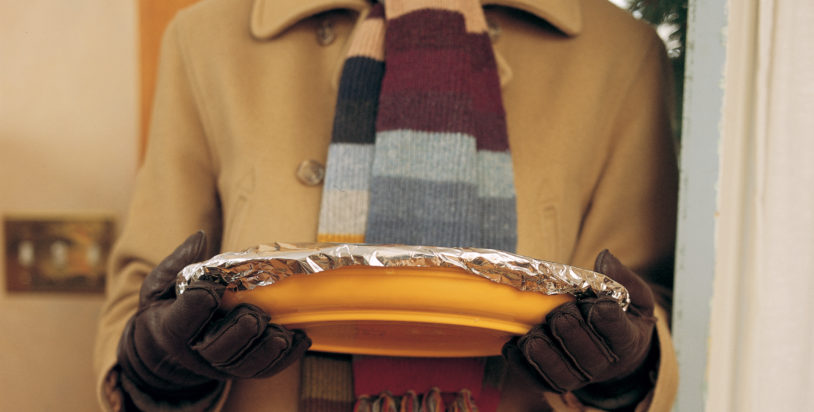
How to Avoid Hidden Calories During the Holidays
How to Avoid Hidden Calories During the Holidays
During the holidays, even the healthiest eaters splurge on dessert, knowing we’re consuming unnecessary calories. We’re not surprised to hear our 4-ounce slice of red velvet cake has around 400 calories—almost a quarter of the recommended daily calorie intake. But we may be surprised to hear that our daily 16-ounce peppermint mocha with whipped cream has the same amount—370 calories at McDonald’s and 440 calories at Starbucks. Now, how about that glass of eggnog on Christmas Eve? Or your family fish fry, celebrating the summer’s catch? Are “hidden calories” there, too?
Here we share some common foods you’ll see around the holidays that have more calories than you may think. Plus, a Northern Michigan nutritionist offers healthy alternatives.
Eggnog
The USDA states one cup of eggnog has 224 calories. That’s about 80 calories more than a can of Coca-Cola. And eggnog isn’t the only holiday drink with extra calories. We’ve already mentioned one of the most popular around the holiday season: peppermint mochas. Another common culprit is wine. One glass of wine has 140 to 200 calories on average, and when you consume a second or third glass throughout the evening, your calorie count adds up fast.
Chef Laura McCain, RD, and Munson Outpatient Nutritionist, recommends choosing “a nice hot tea, lemon-flavored water, or sparkling water with citrus” instead. “Even smoothies are pretty packed with calories if you use lots of fruit, milk, juice, or other high-carbohydrate food. Make sure they have more vegetable content.”
Casseroles
We know desserts have lots of calories, but main dishes can be deceiving. So how can we spot high-calorie foods? McCain says to avoid thick sauces, like those found in casseroles. “If it’s a thin liquid, not as much sticks to the food and you don’t end up eating a cup of sauce, more like a few tablespoons.”
Instead of being conned into calories in the Christmas casserole, McCain recommends you “stick with clean foods—fresh meats with a thin sauce and steamed vegetables.”
Bread-Coated Fish
Did you go out on the Big Lake this summer with your cousins and freeze all your fish for a Christmas feast? Or does that all-you-can-eat Friday Fish Fry catch your eye? “If it’s an all-you-can-eat kind of place, it’s hard not to overeat,” McCain says. “We could all afford to eat a small portion of even a heavy food, but if your dinner plate looks more like a platter that should feed the family, you’re at risk for overeating no matter what the food is.”
So if you’re looking to indulge in bread-coated fish, keep your portion small. Or another alternative is broiling your catch. “The coating of the fried food holds most of the fat and added calories,” McCain says.
Snack Bowls
It’s easy to snag a couple candies, pursue a few pretzels, or munch on chips from a snack bowl here and there. These treats are placed out for grazing after all! But by the end of the day, you can eat more than you think you did. And those calories add up.
McCain recommends keeping your food intake to designated meal and snack times. Plus, “make your snacks higher vegetable content and that will automatically make your portion of sweets, starchy foods, and dessert items reduce.”
Here’s a snacking solution: Follow Rudolph’s lead and go for the carrots.
By Courtney Jerome
